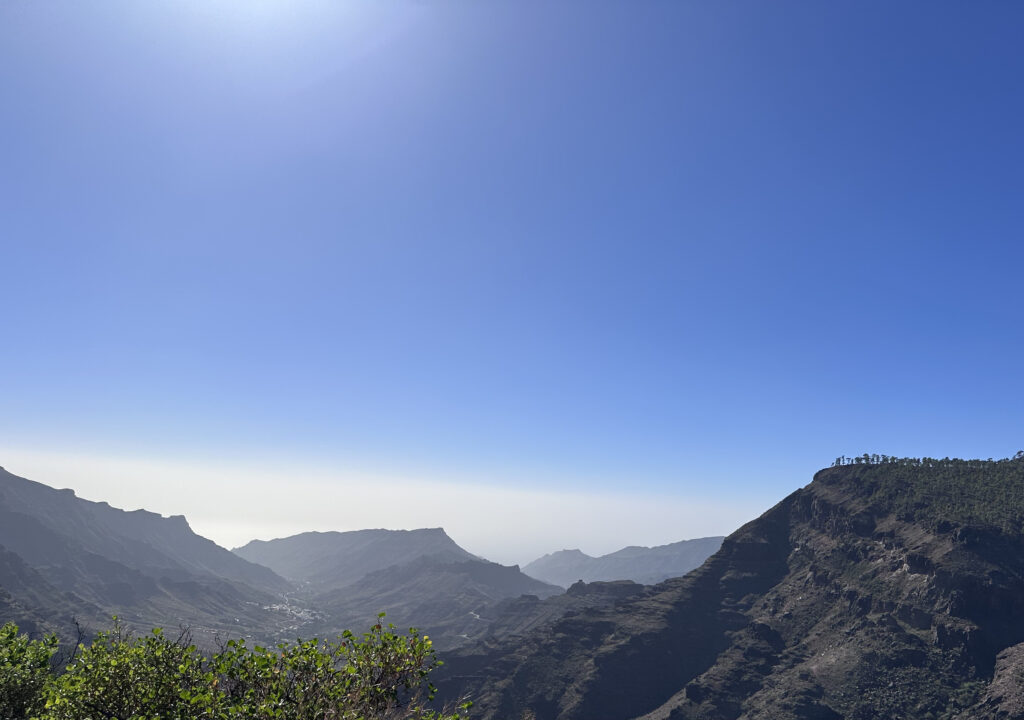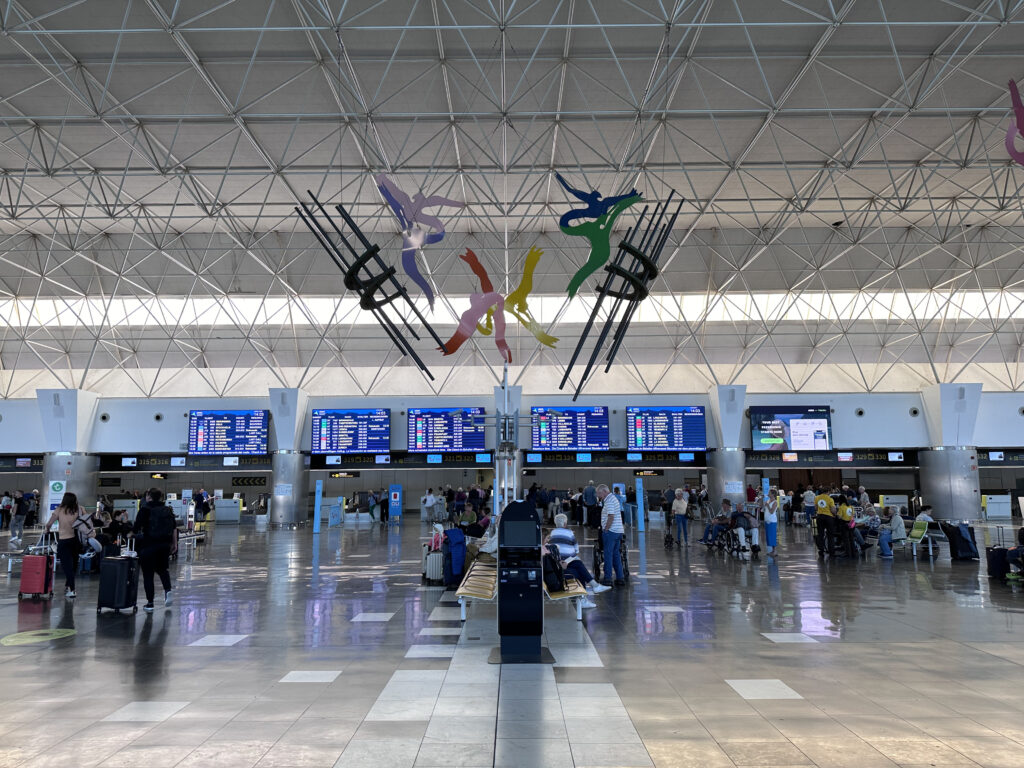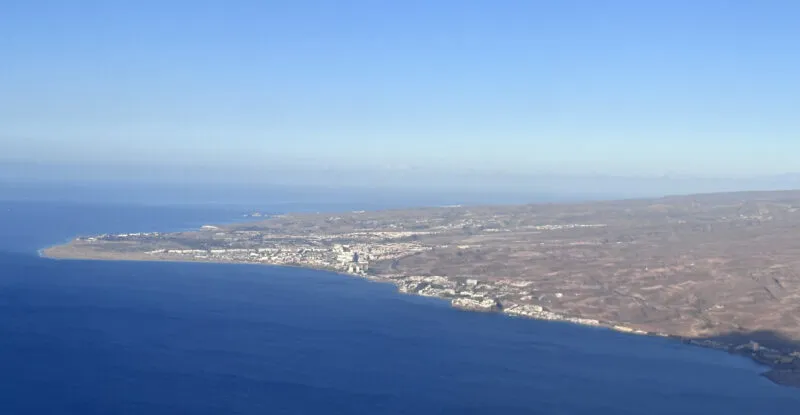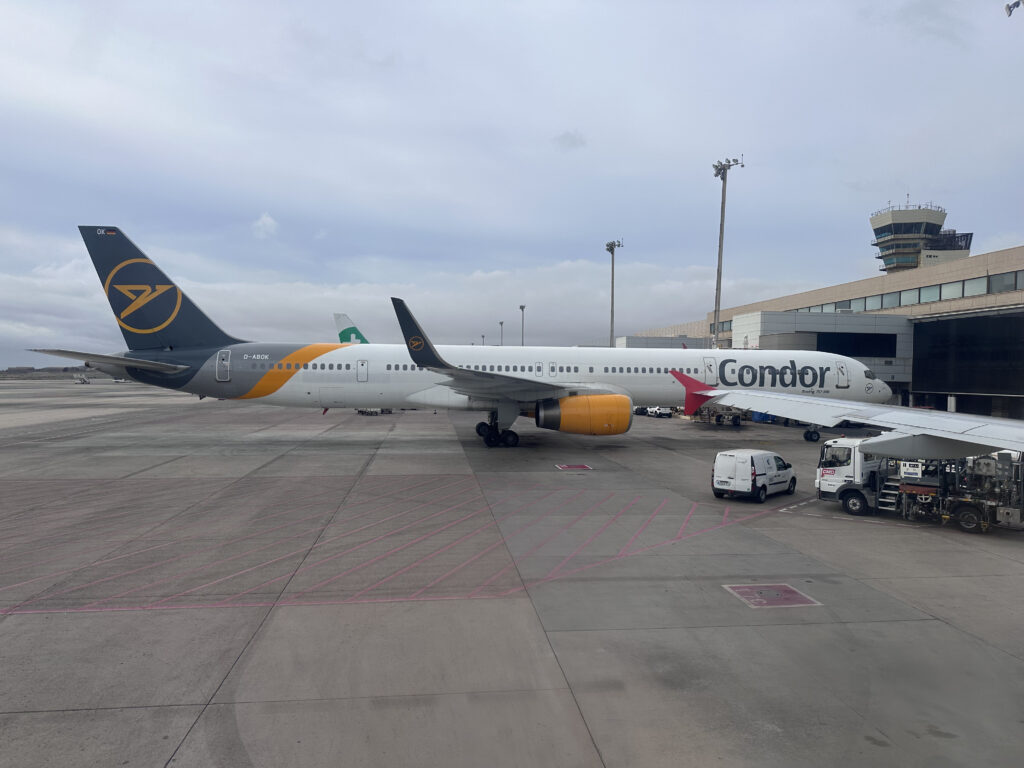Many of Europe’s leisure travel destinations are finding a new position within the market after the fundamental rethink forced on them by the Covid-19 shutdowns and the travel restrictions that stemmed from it. Gran Canaria, the Spanish island off the western coast of Morocco, is in many ways an excellent example, especially given its role as a critical part of the winter season demand structure for European airlines.
As the 1960s holiday airline revolution changed the face of leisure travel within Europe, development of a series of seaside resort towns and villages across Gran Canaria’s sunny southern coast, with its golden beaches, warm winters and hot summers, drew — and continues to draw — millions of visitors from chillier parts of the continent every year. Nearly three and a half million travellers fly to Gran Canaria alone annually, equivalent to some two-thirds the population of Finland.
Since the shutdowns, the island’s tourism board has been taking a multi-prong strategy to evolve demand, building on its existing strengths, encouraging repeat visitors and developing new markets — and therefore airline demand.
Existing strengths include its reputation for wallet-friendly family bucket-and-spade holidays, a market that is growing. Pre-Covid statistics suggested that some two-fifths of visitors arrived as part of a package holiday, but this figure has grown to roughly half, bussed out to their hotels and villas via the airport’s impressive ground infrastructure.
Theories for this rise include a growth in UK visitors, a strong package holiday market for a variety of reasons, including major package-focussed airlines like Jet2 and the official government-run ATOL package holiday protection, the benefits of which were particularly strongly highlighted during the disruption of Covid travel restrictions.
Even for these package visitors, the focus is on a growing independence, expanding the experience beyond just their resort and the beach. “We try to encourage [package tourism visitors] to leave their accommodation for at least two days: give us the opportunity, at least one day in Las Palmas, and one day for something different,” Juana Rosa Aleman — the island tourism board’s representative for the UK, Ireland, Poland and the US — tells Runway Girl Network straightforwardly.

Tourism authorities want to entice visitors to explore further up and further into the volcanic island. Image: John Walton
Strengths also include LGBTQIA+ travel: the island is one of world’s biggest queer travel destinations, with multiple Pride and event weeks, many LGBTQIA+ exclusive or focussed hotels/bars/restaurants/nightlife venues, and visibility of queer couples and families widespread. Queer travellers feel very welcome and safe on the island, which is quite rare among shorthaul winter sun destinations for European travellers.
Diversifying the tourism market is also a key goal, including domestically, the tourism board’s manager of tourism statistics and connectivity Eduardo Reyes tells RGN. Some 25 airports in mainland Spain and now the Balearic islands are served nonstop from Gran Canaria. Local airline Binter Canarias, Ryanair, IAG (British Airways, Iberia, Vueling and Aer Lingus) dominate overall, but even here there is demand to be served.

Gran Canaria has a remarkably efficient airport that has been expanded and updated several times since the 1960s. Image : John Walton
Pan-national brands like TUI are also very much present, while certain markets have strong contenders like Jet2, now roughly a third of UK market share.
Riga-headquartered airBaltic is basing two aircraft at the island’s Las Palmas airport, with nonstops serving ten destinations in Norway, Denmark, Finland, Estonia, Latvia and Lithuania — and recently announced it will do so again next winter season.
Ryanair, meanwhile, closed its LPA base in late 2019 with various reasons including 737 MAX delays given. Reyes notes that the airline is now operating more flights than when the base was operating.
Fundamentally, though, ensuring the sustainability of repeat visitors is a particular focus for Aleman and her colleagues. “Every year we bring them something new, something different to see in the island: for example, a banana plantation or rum factory.”
That’s a particular benefit when travellers are comparing Gran Canaria and the other Canary Islands. For example, she says, the opportunity to have unique experiences is “the differentiation between Lanzarote and Gran Canaria — because the hotel is the same, the weather is the same. The difference is what you do outside of the accommodation.”
The rise in hybrid travel and remote working, including via Spain’s Digital Nomad visa, as well as the growth in multigenerational and premium leisure travel, is also firmly on the radar for island authorities. These markets have the option of either (or indeed both) the historic city of Las Palmas in the northeast or the island’s southern tourism zone, centred on Maspalomas yet developed since the 1960s with more support infrastructure than many other tourist-focussed destinations.
Indeed, during your author’s recent trip to the island it was surprising just how many visitors we chatted with were working remotely for some of their trip. This seemed fairly evenly split between people taking just a couple of days off work for a week-and-two-weekends holiday, and those using remote working to expand a one-week vacation into a second week.
The growth of this type of travel will mean airlines need to adjust their schedules and onboard offerings to adapt — especially around their services for older passengers, and for inflight connectivity, which is largely lacking aboard many leisure-focussed carriers even on aircraft stretching the bounds of narrowbody range. If a passenger from the Nordics, say, can get six and a half hours of work done each way on their flight, that’s a gamechanger for this lucrative and influential market.
Related Articles:
- Getting the honeymoon seat right for premium leisure travel
- Condor’s new staggered business class sets premium leisure standard
- When Jet2’s cheap and cheerful budget airline brought big smiles
- Behind the scenes of Gran Canaria airport’s impressive infrastructure
Featured image credited to John Walton











